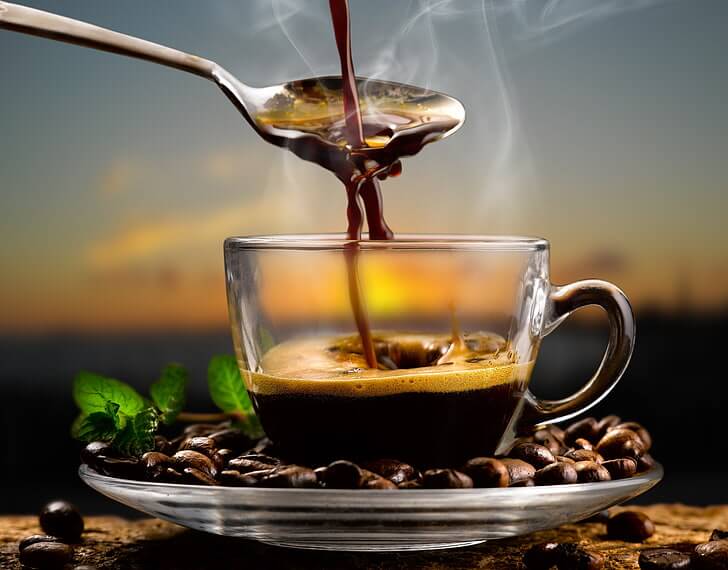The Science Behind Grinding and Brewing the Perfect Coffee Bean
Coffee is one of the most popular beverages in the world, and for good reason. The rich, complex flavors and energizing effects of coffee make it a beloved drink for many. But have you ever wondered about the science behind grinding and brewing the perfect coffee bean? In this article, we’ll explore the scientific principles that govern the process of making the perfect cup of Coffee at home.
Grinding the Coffee Bean
One of the key factors that determine the quality of your coffee is the grind size of the coffee bean. The grind size affects the rate at which the flavors and aroma compounds are extracted from the bean during the brewing process. When you grind the bean, you are increasing its surface area, which allows for more efficient extraction of flavors and aromas.
The grind size also affects the extraction time. Finely ground Coffee beans have a larger surface area and thus extract more quickly, resulting in a shorter brewing time. Coarsely ground coffee beans, on the other hand, have a smaller surface area and require a longer brewing time to achieve optimal extraction.
The Science of Brewing
Once the coffee beans are ground, they are ready to be brewed. The brewing process involves the extraction of the flavors and aromas from the coffee grounds using water. The key factors that influence the brewing process include water temperature, water-to-coffee ratio, and brewing time.
Water temperature is crucial for the extraction process. The ideal water temperature for brewing coffee is between 195°F and 205°F. Water that is too hot can lead to over-extraction, resulting in a bitter and astringent flavor, while water that is too cool may under-extract the flavors, leading to a weak and insipid cup of coffee.
The water-to-coffee ratio also plays a significant role in the brewing process. The optimal ratio is generally considered to be 1:16, which means 1 part coffee to 16 parts water by weight. However, this ratio can be adjusted to suit personal preference, with a higher ratio resulting in a stronger brew and a lower ratio producing a milder cup of coffee.
Finally, the brewing time determines how much of the flavors and aromas are extracted from the coffee grounds. The ideal brewing time for most brewing methods ranges from 2 to 4 minutes. Longer brewing times can lead to over-extraction, while shorter brewing times may result in under-extraction.
FAQs
Q: What is the best grind size for my coffee?
A: The best grind size for your coffee depends on the brewing method you are using. For example, a fine grind is ideal for espresso, while a coarse grind is suitable for French press.
Q: How important is water quality for brewing coffee?
A: Water quality is essential for brewing coffee. Impurities in water can affect the flavor of coffee, so using filtered or bottled water is recommended for the best results.
Q: Can I use a blade grinder to grind my coffee beans?
A: While a blade grinder can be used to grind coffee beans, it does not produce consistent grind sizes, which can affect the quality of the final brew. A burr grinder is recommended for a more uniform grind.
Q: How can I improve the flavor of my coffee?
A: The flavor of your coffee can be improved by experimenting with different brewing methods, adjusting the grind size, and using freshly roasted beans. Additionally, using the right water temperature and ratio can also enhance the flavor of your coffee.
Conclusion
Understanding the science behind grinding and brewing the perfect coffee bean can help you make the best cup of coffee at home. By paying attention to factors such as grind size, water temperature, water-to-coffee ratio, and brewing time, you can achieve the optimal extraction of flavors and aromas from your coffee beans, resulting in a delicious and satisfying cup of coffee every time.
“All images and products featured on this Blog.troca.cafe are the property of their respective owners. All rights to these materials are acknowledged and reserved.”
